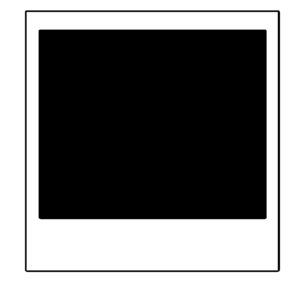In a recent administrative decision, the Appeal Board of Japan Patent Office (JPO) allowed registration for a word mark of “AI SCAN ROBO”, finding that the mark could function as a source indicator.
[Appeal case no. 2018-5433, Gazette issue date: November 30, 2018]
AI SCAN ROBO
Disputed mark, consisting of “AI SCAN ROBO” in a standard character, was applied for registration on April 13, 2017 in connection with computer programs of class 9 and data processing in computer files for others of class 42.
The JPO examiner totally refused the mark due to lack of distinctiveness by stating that:
“AI” is known for an abbreviation of Artificial Intelligence. “SCAN” is a verb to use a machine to make a copy of a document or picture and put it into a computer. “ROBO” is equivalent to “robot”. Besides, the term of “SCAN ROBO” becomes generic in connection with Robotic Process Automation (RPA) robot to capture data and manipulate applications automatically. If so, disputed mark shall fall under Article 3(1)(vi) of the Japan Trademark Law since relevant consumers are likely to conceive disputed mark as a mere description of RPA robot to capture data automatically by making use of Artificial Intelligence.
Article 3(1)(vi) is a comprehensive provision to prohibit any mark lacking inherent distinctiveness from being registered.
Any trademark to be used in connection with goods or services pertaining to the business of an applicant may be registered, unless the trademark:
(vi) is in addition to those listed in each of the preceding items, a trademark by which consumers are not able to recognize the goods or services as those pertaining to a business of a particular person.
Applicant filed an appeal against the refusal and argued inherent distinctiveness of applied mark “AI SCAN ROBO” in its entirety.
Appeal Board decision
The Board set aside the refusal, finding that disputed mark shall not fall under Article 3(1)(vi) on following grounds.
- “AI” is known for an abbreviation of Artificial Intelligence.
- In the meantime, the Board opines the term “SCAN ROBO” per se does not represent a specific meaning. Rather it shall be considered as a coined word.
- If so, “AI SCAN ROBO” does not give rise to any descriptive meaning as a whole.
- Besides, there found no circumstances in commerce to support the term “AI SCAN ROBO” has been commonly used in connection with designated goods and service.
- Based on the foregoing, it shall be concluded that disputed mark is distinctive and relevant consumers and traders recognize it as a source indicator.

